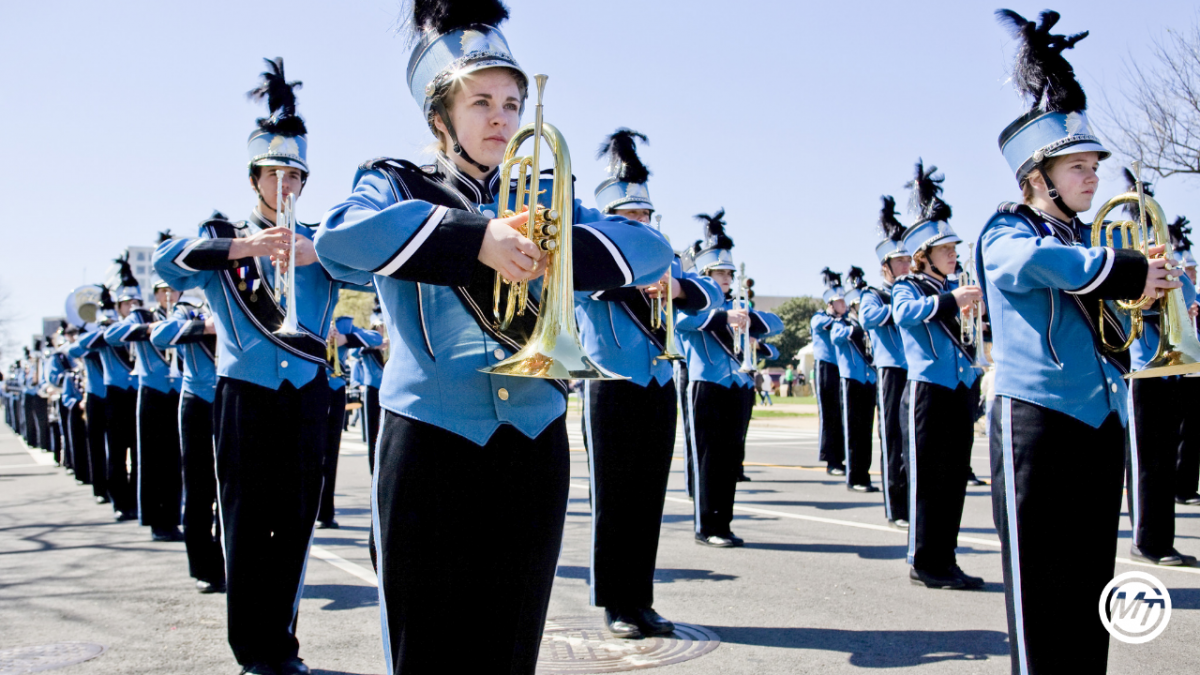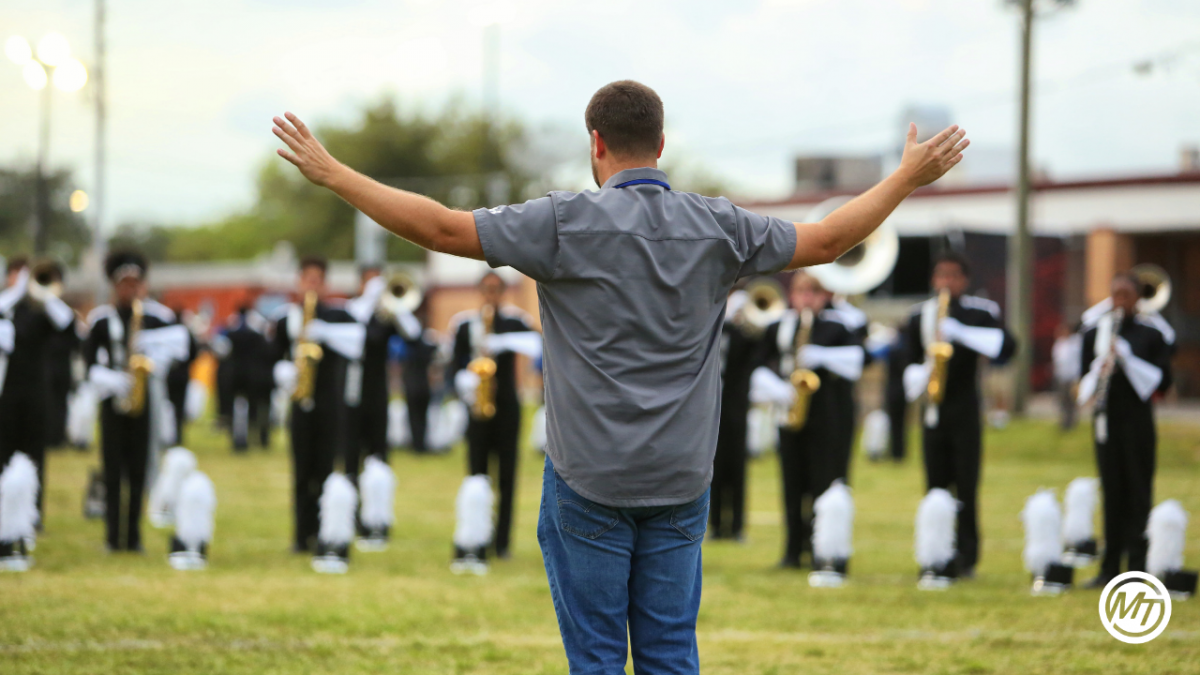Indoor percussion ensembles allow students to experience a team environment while helping them grow social, time-management and cooperation skills, among others. Starting one of these groups is an excellent way to keep band members involved in music during the winter months. If your school or area does not have a percussion group, however, your students may feel like they're missing out. With a bit of planning, you can put together your own winter line to give the kids in the community the opportunity to get involved. Here are a few things you need to do to set up an ensemble:
Set a budget
Laying out a budget for your ensemble is one of the first steps you should take when organizing your new band. You might be surprised by how much goes into planning a budget for an ensemble. For example, you'll need to figure out the price of costumes, equipment, travel and contest fees as well as staff expenses. Forgetting to budget for any of these items could result in a serious problem later in the season.

If you've laid out your expense sheet and notice that your school or organization doesn't have the funds to support the ensemble, then start fundraising. Many percussion groups rely on donations to support their efforts. Luckily, creating fun campaigns to raise money is easy for ensembles. Start marketing a battle of the bands-style show or have your group perform for the community. You can charge a small admissions fee or simply ask for freewill donations at the door. By organizing this type of benefit, the students will not only get the chance to obtain the money needed for the budget, but they'll also gain experience performing in front of an audience.
Find a practice space
Another item you may have to add to your budget is practice space. If your school does not have an area large enough to perform in, you could rent out a rehearsal space. The Winter Guard International recommends a room with a minimum floor space of 50 feet by 90 feet. Look into your options and determine which will be the cheapest while also meeting the needs of your percussion group.
"Create an audition process to gauge your team's responsibility."
Hold auditions
Indoor percussion shows take a lot of time and dedication. Your students might be interested in the idea of such a group, but they may not be aware of the commitment it really takes. Create an audition process to gauge your team's responsibility. This doesn't have to be a typical, one-on-one audition. Instead, you can set a few practices and observe how prepared each student is for the rehearsal. For example, if a student shows up on time for each meeting, clearly practices the pieces in between sessions and works hard to master the choreography, you probably have someone you can rely on during the season.
Even after you've gauged everyone's attitude and dedication to the group, make sure you sit down and discuss in detail what is expected. You might not want to scare anyone away, but at the same time, you need your players to recognize that they've signed up for a serious commitment.
Create goals and expectations
It's important to have goals and expectations for your percussion ensemble. However, you need to ensure that they are realistic. Don't choose a performance piece that is outside of your students' capabilities. Working on a piece that is overly difficult will only discourage your group and create frustration. Instead, choose a performance that's challenging but still manageable. It's also a good idea to set mini goals throughout the season. Hitting these checkpoints will make the students feel accomplished while giving them something to work toward each week.
Handling all of the details for an indoor percussion ensemble can be overwhelming. If your community decides this is an activity that would benefit students, make sure you have enough people to manage the team and its needs so you have a successful season.




